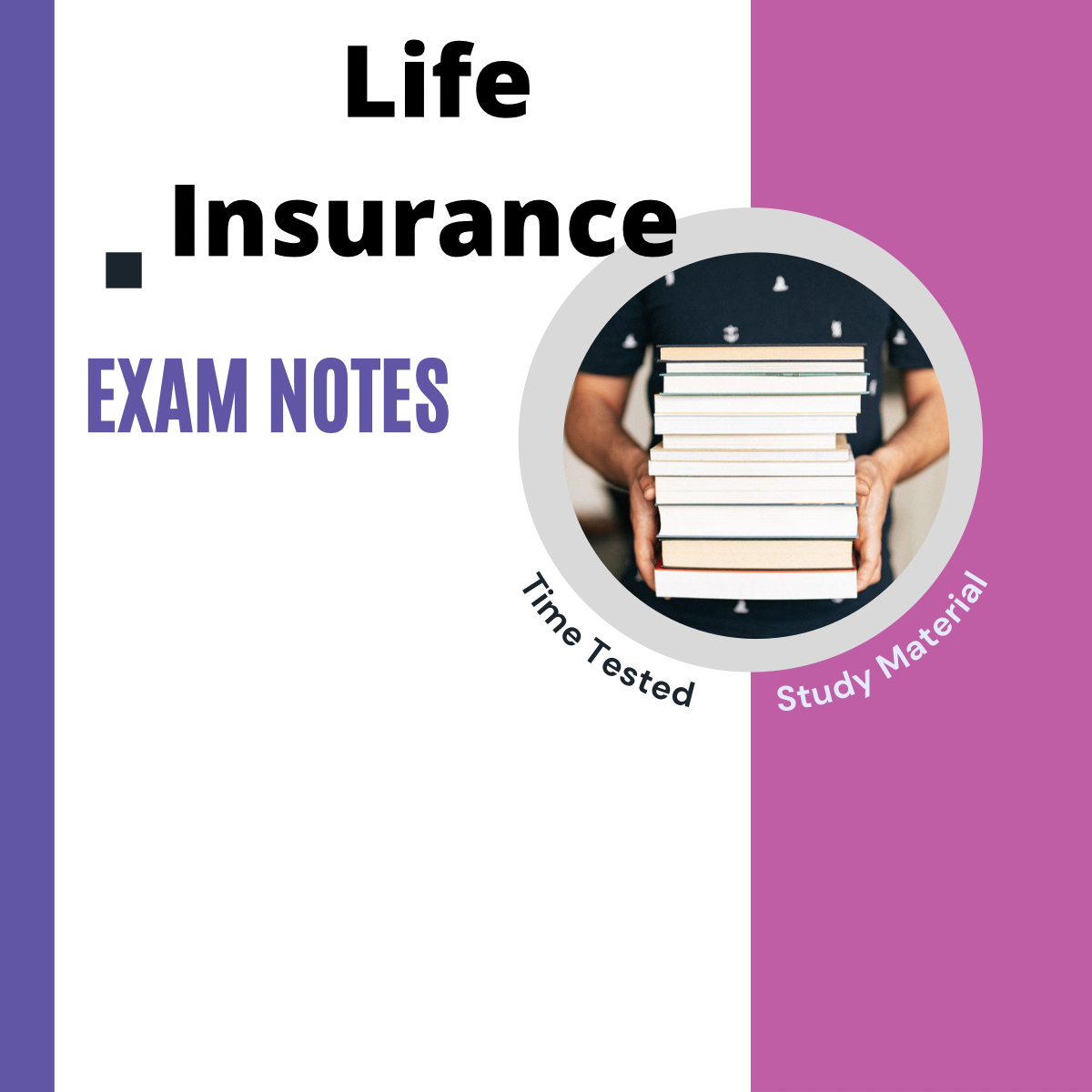An Unbiased View of Pacific Prime
An Unbiased View of Pacific Prime
Blog Article
Rumored Buzz on Pacific Prime
Table of ContentsPacific Prime - The FactsThe Basic Principles Of Pacific Prime Getting My Pacific Prime To WorkPacific Prime Can Be Fun For EveryonePacific Prime for Dummies

This is since the information were gathered for a period of solid financial efficiency. Of the estimated 42 million people that were without insurance, just about concerning 420,000 (about 1 percent) were under 65 years of age, the age at which most Americans become eligible for Medicare; 32 million were grownups in between ages 18 and 65, about 19 percent of all adults in this age; and 10 million were kids under 18 years old, concerning 13.9 percent of all children (Mills, 2000).
These estimates of the variety of individuals without insurance are generated from the annual March Supplement to the Present Populace Study (CPS), performed by the Demographics Bureau. Unless otherwise noted, national quotes of individuals without medical insurance and percentages of the populace with various sort of coverage are based on the CPS, the most widely used source of estimates of insurance coverage and uninsurance rates.
Indicators on Pacific Prime You Need To Know

Still, the CPS is specifically beneficial since it produces yearly quotes relatively quickly, reporting the previous year's insurance policy protection estimates each September, and because it is the basis for a regular set of estimates for greater than twenty years, permitting evaluation of patterns in coverage with time. For these reasons, as well as the considerable use of the CPS in other research studies of insurance protection that are provided in this report, we depend on CPS estimates, with constraints noted.

The price quote of the number of without insurance people increases when a population's insurance policy status is tracked for numerous years. Over a three-year period beginning early in 1993, 72 million individuals, 29 percent of the united state population, were without protection for at the very least one month. Within a solitary year (1994 ), 53 million people experienced at the very least a month without protection (Bennefield, 1998a)
Six out of every ten uninsured grownups are themselves utilized. Although functioning does enhance the likelihood that and one's member of the family will have insurance, it is not a warranty. Even participants of families with 2 full time breadwinner have practically a one-in-ten opportunity of being uninsured (9.1 percent without insurance rate) (Hoffman and Pohl, 2000).
See This Report about Pacific Prime
New immigrants represent a substantial proportion of individuals without medical insurance. One evaluation has actually associated a significant section of the recent growth in the dimension of the U.S. uninsured population to immigrants who showed up in the nation in between 1994 and 1998 (Camarota and Edwards, 2000). Current immigrants (those that involved the USA within the previous 4 years) do have a high price of being without insurance (46 percent), but they and their children account for just 6 percent of those without insurance coverage country wide (Holahan et al., 2001).
The connection in between medical insurance and accessibility to care is well developed, as recorded later in this chapter. The relationship in between health and wellness insurance coverage and health end results is neither straight nor simple, an extensive clinical and wellness services research literary works links health insurance policy coverage to better accessibility to care, better quality, and boosted individual and population wellness status.
Levels of analysis for checking out the impacts of uninsurance. This discussion of wellness insurance protection focuses primarily on the united state population under age 65 since practically all Americans 65 and older have Medicare or various other public protection. It focuses especially on those without any health insurance policy for any size of time.
Some Ideas on Pacific Prime You Need To Know
The problems encountered by the underinsured are in some areas similar to those encountered by the without insurance, although they are typically much less serious. Health insurance policy, nevertheless, is neither necessary neither sufficient to acquire accessibility to clinical solutions. The independent and straight effect of health insurance policy coverage on accessibility to wellness services is well read the full info here established.
Others will certainly acquire the healthcare they require also without medical insurance, by spending for it expense or seeking it from carriers who supply care cost-free or at highly subsidized rates. For still others, wellness insurance alone does not make sure receipt of care as a result of other nonfinancial barriers, such as an absence of health care suppliers in their community, restricted accessibility to transportation, illiteracy, or linguistic and social distinctions.
Facts About Pacific Prime Revealed
Official study concerning without insurance populaces in the USA dates to the late 1920s and very early 1930s when the Committee on the Cost of Treatment created a series of records concerning financing physician workplace check outs and hospitalizations. This issue became salient as the numbers of clinically indigent climbed up during the Great Clinical depression.
Report this page